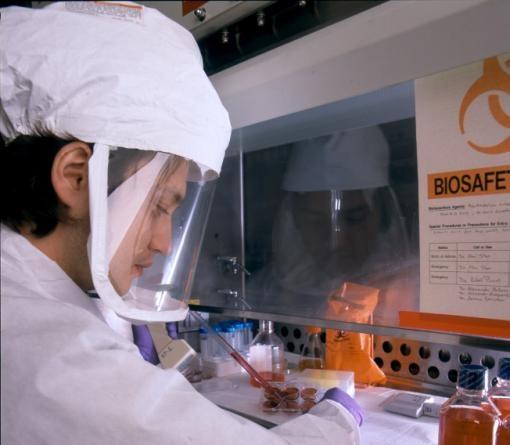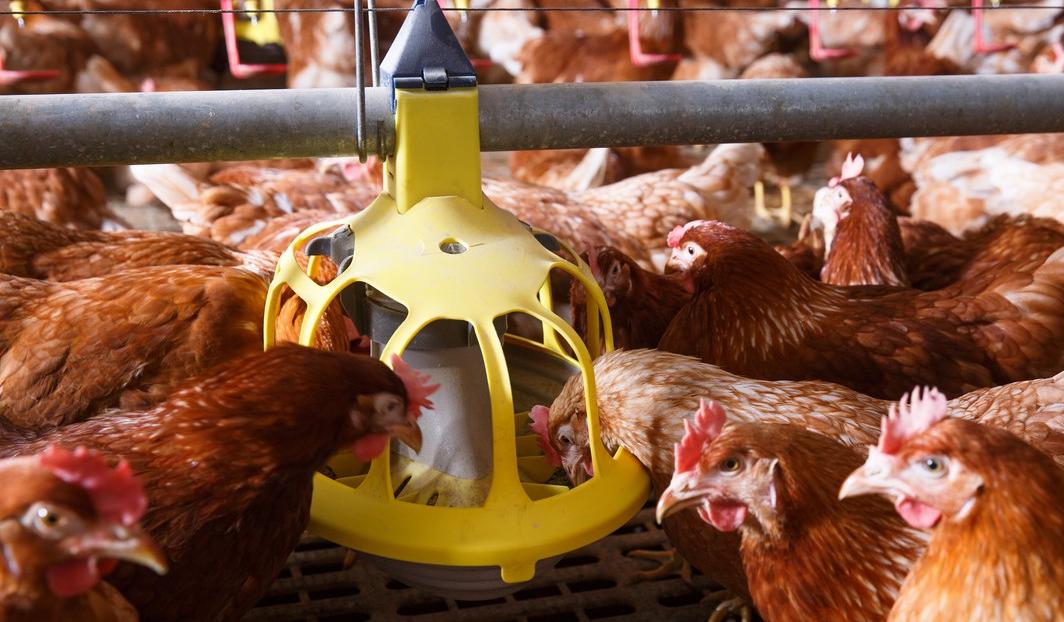Three of the world's wealthiest philanthropic organizations yesterday announced a 3-year, $300 million joint initiative to tackle health challenges posed by climate change, antimicrobial resistance (AMR), and inadequate nutrition.
Under the partnership, the Bill & Melinda Gates Foundation, Wellcome, and the Novo Nordisk Foundation will each commit $100 million to support solutions to address the health impacts of climate change, infectious diseases and AMR, and a greater understanding of the interplay between nutrition, immunity, infectious and noncommunicable diseases, and developmental outcomes.
Efforts to address infectious diseases and AMR will include advancing disease surveillance and developing vaccines for respiratory infections, with the aim of reducing the burden of disease in low- and middle-income countries (LMICs) and preventing outbreaks from turning into global health crises. The initiative will also support efforts to build more resilient and sustainable food systems, protect the health of vulnerable populations in the face of climate change, and address the effects of over- and under-nutrition on health and development.
"In today's complex world, health challenges increasingly overlap," Wellcome CEO John-Arne Rottingen said in a press release. "We need global collaboration and cooperation more than ever to build healthier futures, and for society to thrive."
Support for research in LMICs
The funding will include direct support for researchers and institutions based in LMICs, which are the countries most affected by these issues. The organizations say the funding is needed at a time when debt crises are forcing governments to cut funding for essential health programs.
"By pooling the vast experience and unique expertise of each organization—across research, technology, innovation, and enterprise—we can make advances that wouldn’t otherwise be possible," said Novo Nordisk Foundation CEO Mads Krogsgaard Thomsen.
Gates Foundation CEO Mark Suzman said he hopes the collaboration will encourage other philanthropic organizations and partners to contribute to efforts to solve these challenges.
"We’re on the cusp of so many scientific breakthroughs in agriculture, health, and nutrition, and with the right support these innovations will save and improve lives around the world," he said.


















